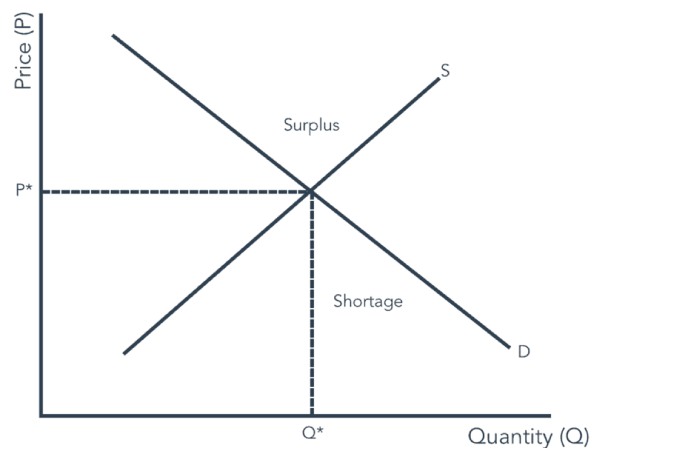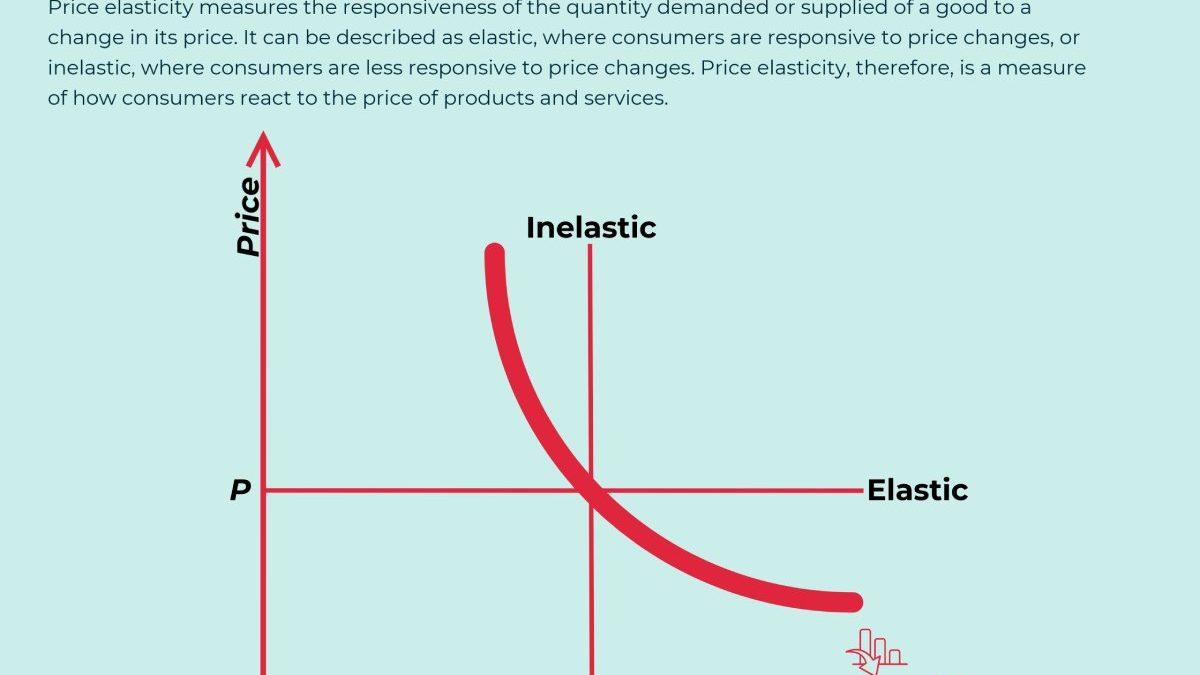Every given comprehensive pricing strategy is rooted in price elasticity. In this case, it is crucial to get in-depth insights on the phenomenon of demand’s price elasticity to know how to set optimal pricing points. This entails boosting brand awareness and winning customer loyalty to reach various business objectives.
Table of Contents
The Essence of Pricing Elasticity of Demand
In a nutshell, price elasticity of demand is the marking of the link between the change in the high-demand quality of a particular product and the correlating change in the given price. Such a case, if a particular demanded quality is the same after the shift in price point, this product will be coined as an inelastic one. In turn, if the price changes, the product is elastic.
With dynamic pricing solutions, it is possible to easily determine the factors influencing the product’s price elasticity of demand. Besides, following the evidence, people often prefer branded products to unbranded ones. It means certain pricing and non-pricing variables motivate consumers to pay the additional prices, namely because of the brand-based factor.
When put together, all these variables establish the price elasticity of demand. Respectively, when a company accurately calculates the phenomenon, it allows retailers to maximize the profits and revenues while keeping consumers loyal at the same time.
Keeping that in mind, let’s have in-depth insights into the price elasticity of demand to see how it can benefit businesses. It is important to start with determining the formula for the concept, presenting its different examples, indicating key variables, discovering various types, and exploring factors influencing the notion.

The Formula for Price Elasticity of Demand
The key logic behind the price elasticity of demand is all about the assumption consumers buy less products when the price increases. In other words, it means in most scenarios, and the phenomenon is negative. Besides, the positive inclination toward price elasticity suggests the higher price point leads to increased demand. While this situation occurs on rare occasions, it most often happens in luxury product markets.
Keeping that in mind, the formula for price elasticity is the following: price elasticity equals the quantity demanded divided by the change in price. In such a case, the demand is coined as elastic if price elasticity is greater than one. And, if it is below one, the demand is inelastic. You need to remember that in the condition of high demand elasticity, the price can change dramatically. This can happen quickly and can greatly affect how consumers perceive your product portfolio.
Instances of Price Elasticity of Demand
Essentially, there are several key instances showing how the price elasticity of demand operates:
- Consider an SKU with elastic demand, take frozen packaged vegetables. In such a case, customers are more willing to purchase more of the given product during a short period. Essentially, consumers won’t buy large quantities of frozen vegetables even if the price point is lower than on average.
- The second example is about gasoline and its inelastic demand. Regardless of how gasoline prices change, consumers will purchase the same quantity almost every time. The demand for this type of product is stable compared to elastic products like frozen vegetables.
As presented in the examples above, the difference between elastic and inelastic demand shows the correlation between demand and price. Understanding these changes is crucial for knowing how much influence your pricing strategy will have and how to use the pricing for your benefit.

Key Variables of Price Elasticity of Demand
While knowing the formula and types of price elasticity of demand, it is time to consider the key variables influencing the phenomenon. There are four factors having a significant impact on the concept:
- Existing product substitutes. In a nutshell, when there are numerous alternatives for a given product, the demand will be more elastic.
- Keeping necessities. Depending on the degree of product’s necessity, one can suggest whether the product is elastic or inelastic.
- Lifecycles. For the new entrants the price elasticity will be low, while for products being on a market long, the elasticity will be high.
- Purchasing patterns. There are groups of consumers that are ready to purchase priducts at almost any price point, which determines price elasticity.
Keeping the factors above in mind, you can accurately determine the degree of price elasticity of demand. Respectively, having a better perspective on the product itself and consumers grants deeper insights into the phenomenon.
Factors Evaluating the Price Elasticity of Demand
With abovementioned aspects, you can determine the existing price elasticity of demand. However, there are some additional factors needed to keep the demand optimal or to determine in which path it will move. Respectively, the given factors are the following:
- There is evidence indicating brand perception and promo conditions are the among the primary variables impacting in which direction price elasticity of demand will move.
- Next, the price elasticity of demand with move toward a higher point if the overall cost for a product is the same or higher than a cost presented by a market leader.
- When it comes to keeping the price of demand at the optimal level, it is crucial to consider the factor of a competitor’s brand strength.
- If you expect or experience a rapid price increase, there is a chance it will damage the overall price elasticity of demand.
- Finally, with various groups of consumers there are different perceptions of the price elasticity of demand.
These factors help keep the price elasticity of demand at an optimal level. Besides, with these variables you can anticipate in which direction the phenomenon will be moving and how to meet the challenges linked to the shift.
The Bottom Line
Price elasticity of demand can show how different elements impact your pricing strategy. In addition, better understanding of the phenomenon shows whether you need to change the pricing strategy. With all the factors linked to the concept, it is easier to track down the price elasticity of demand and understand what your next step price-wise should be.
Related posts
Recent Posts
Streamline Logistics with Freight Forwarding ERP Software
Freight Forwarding ERP Software: The international trade exists on the basis of the smooth flow of goods. However, it is…
Quantum-Safe Cryptography for Crypto Security
Cryptography for Crypto Security – In the ever-evolving landscape of cybersecurity, the emergence of quantum computing presents a formidable challenge….



